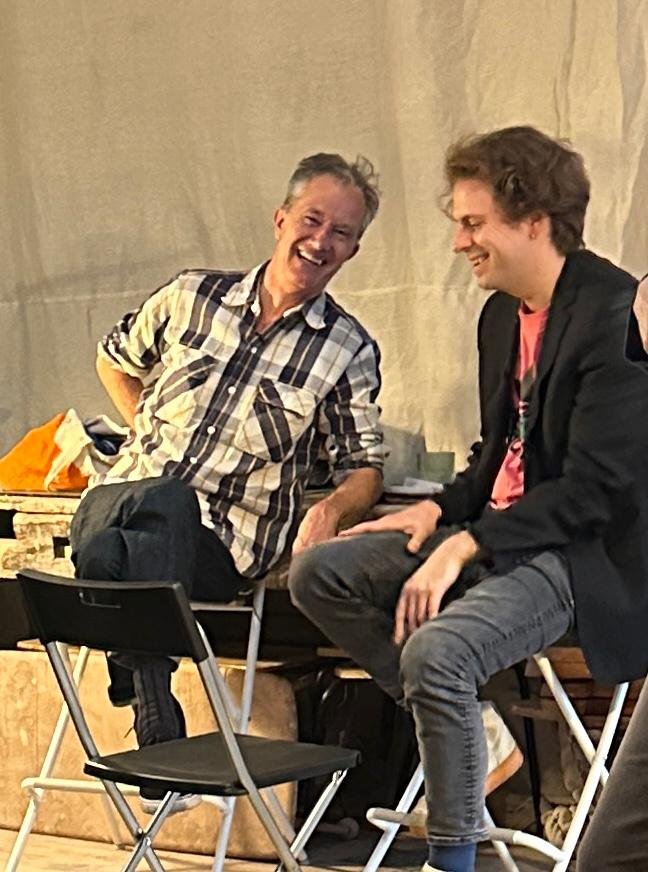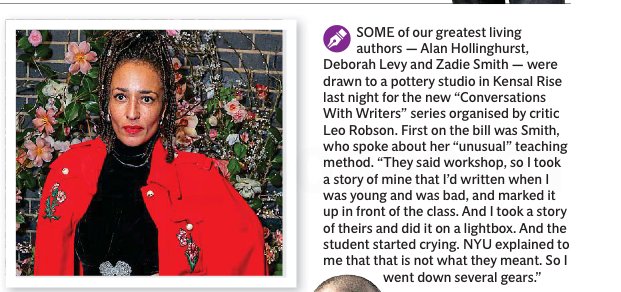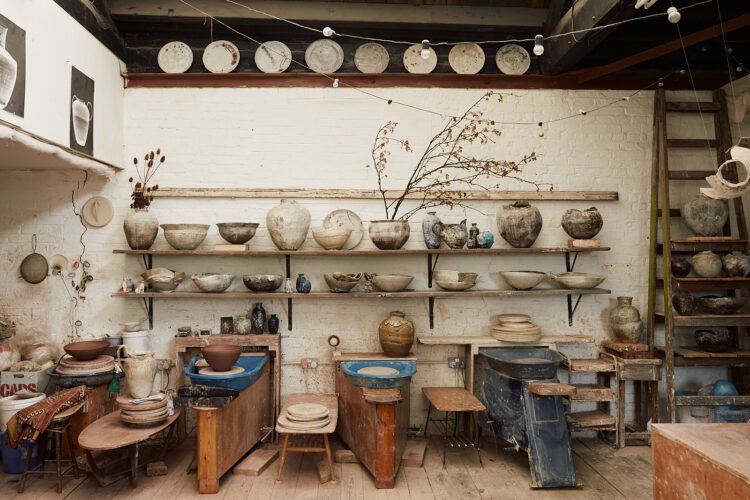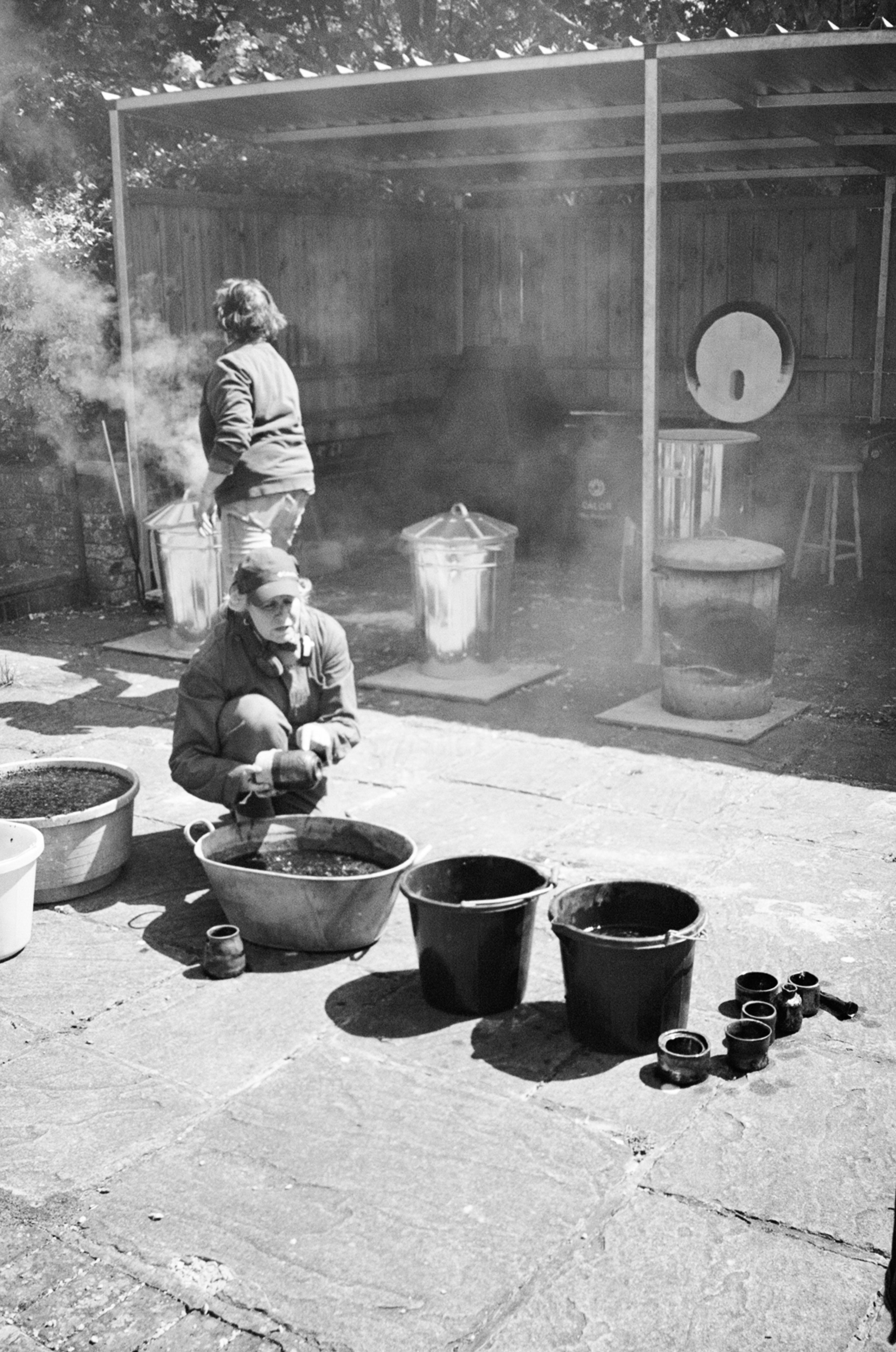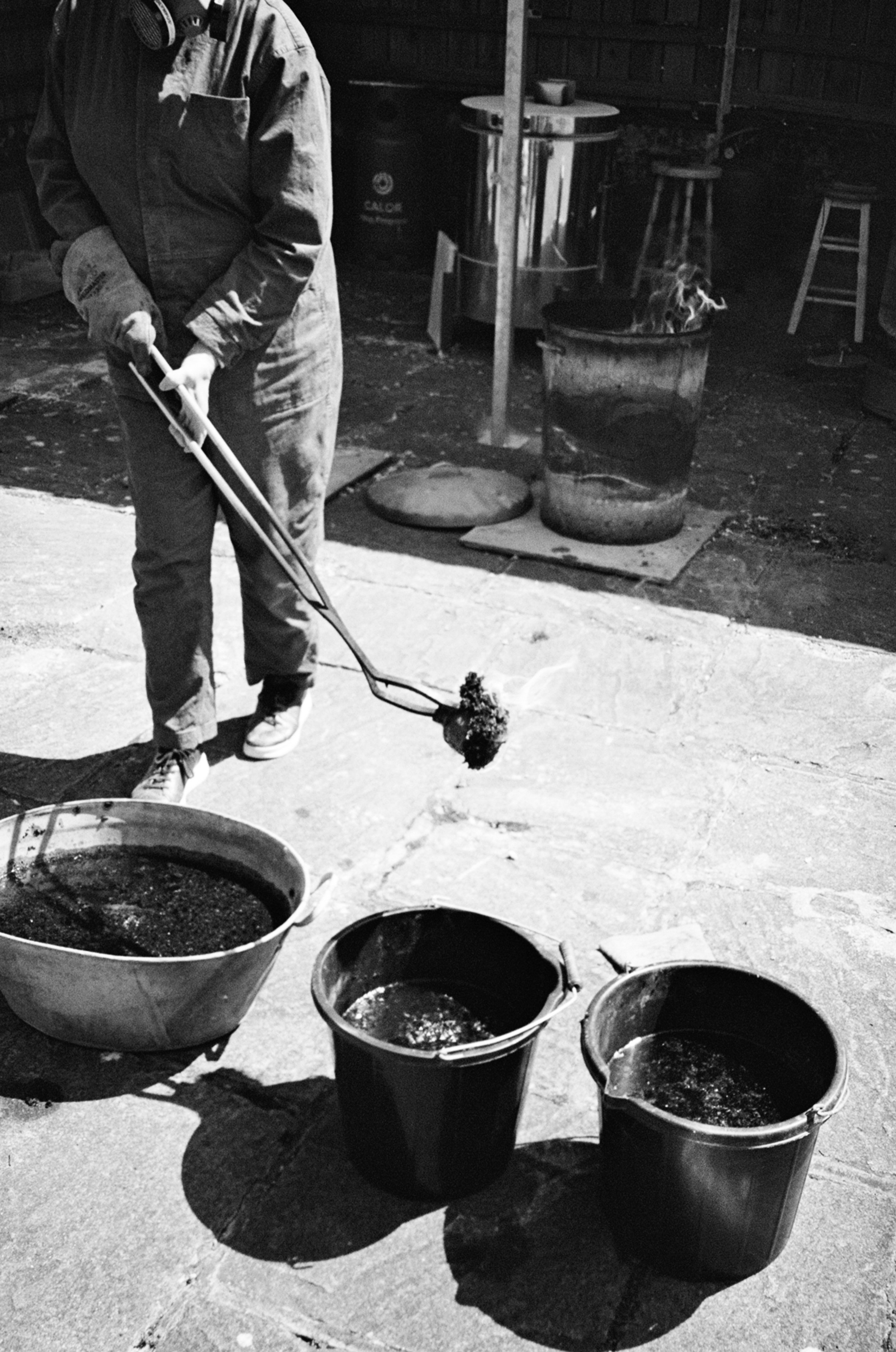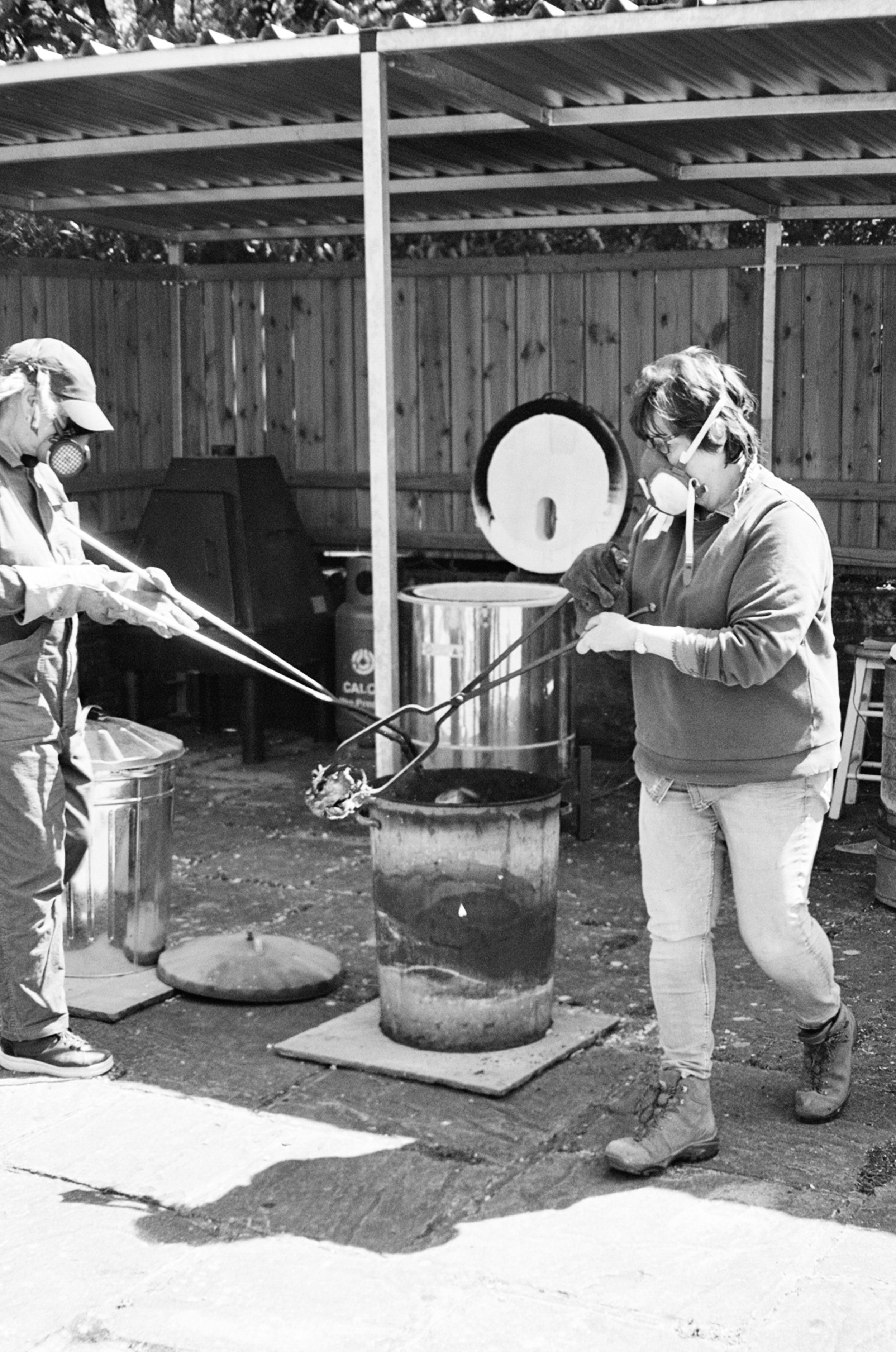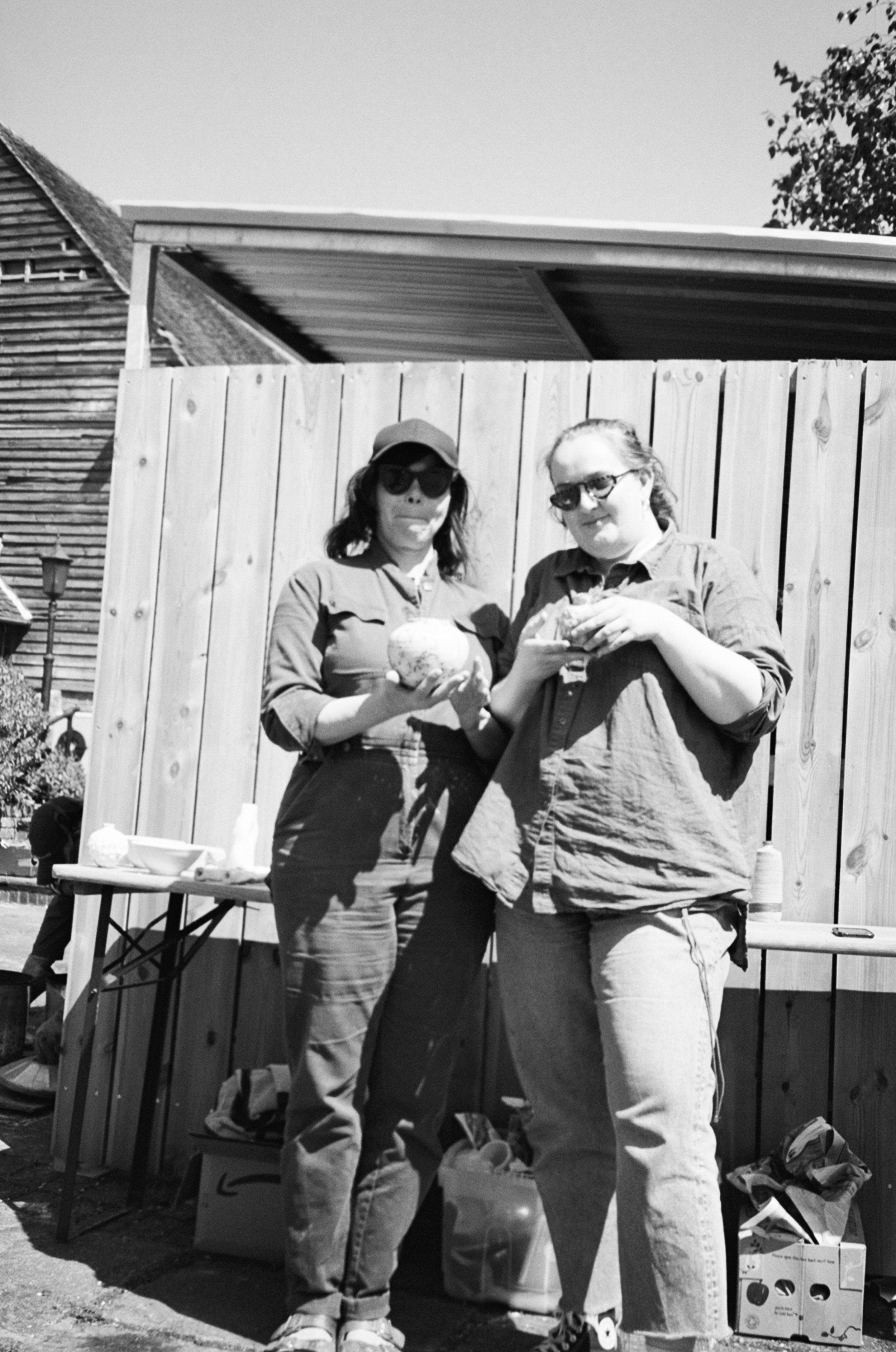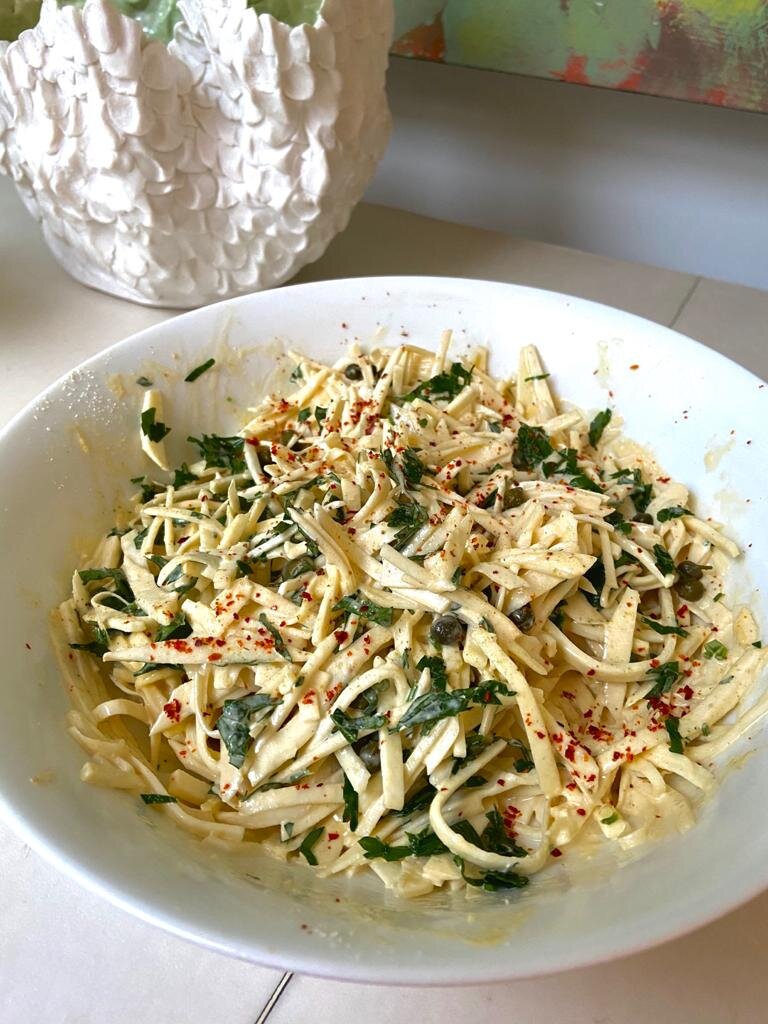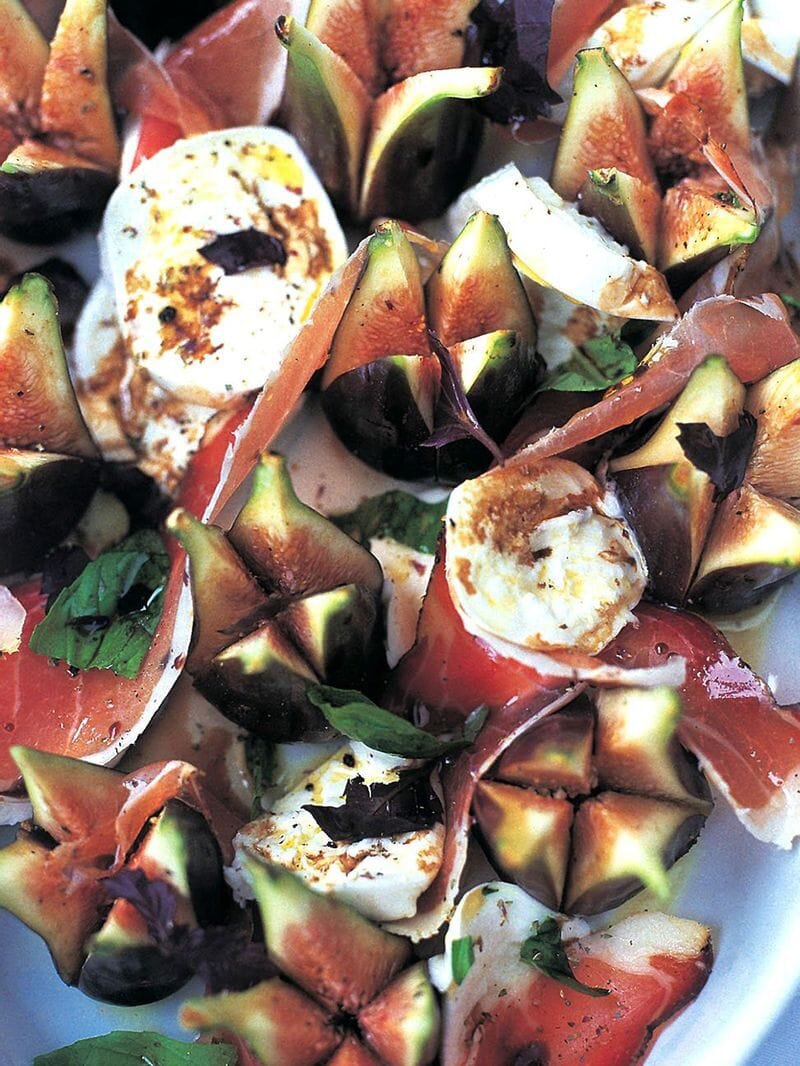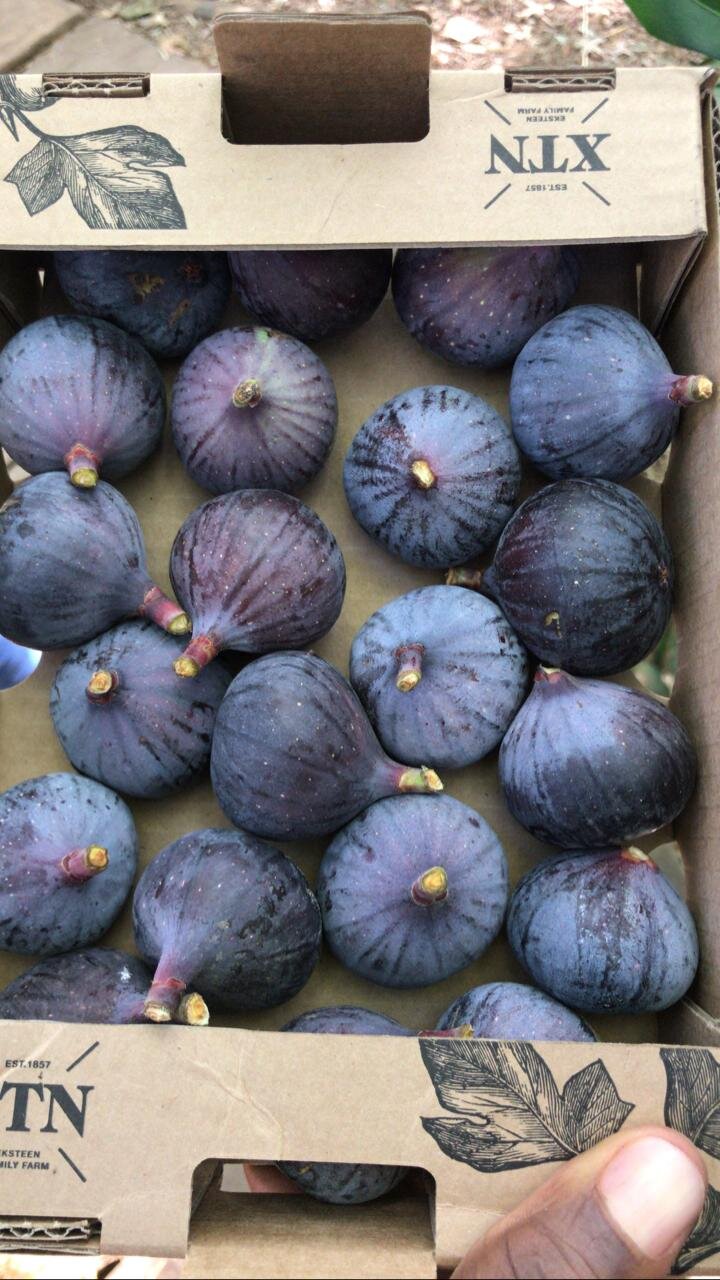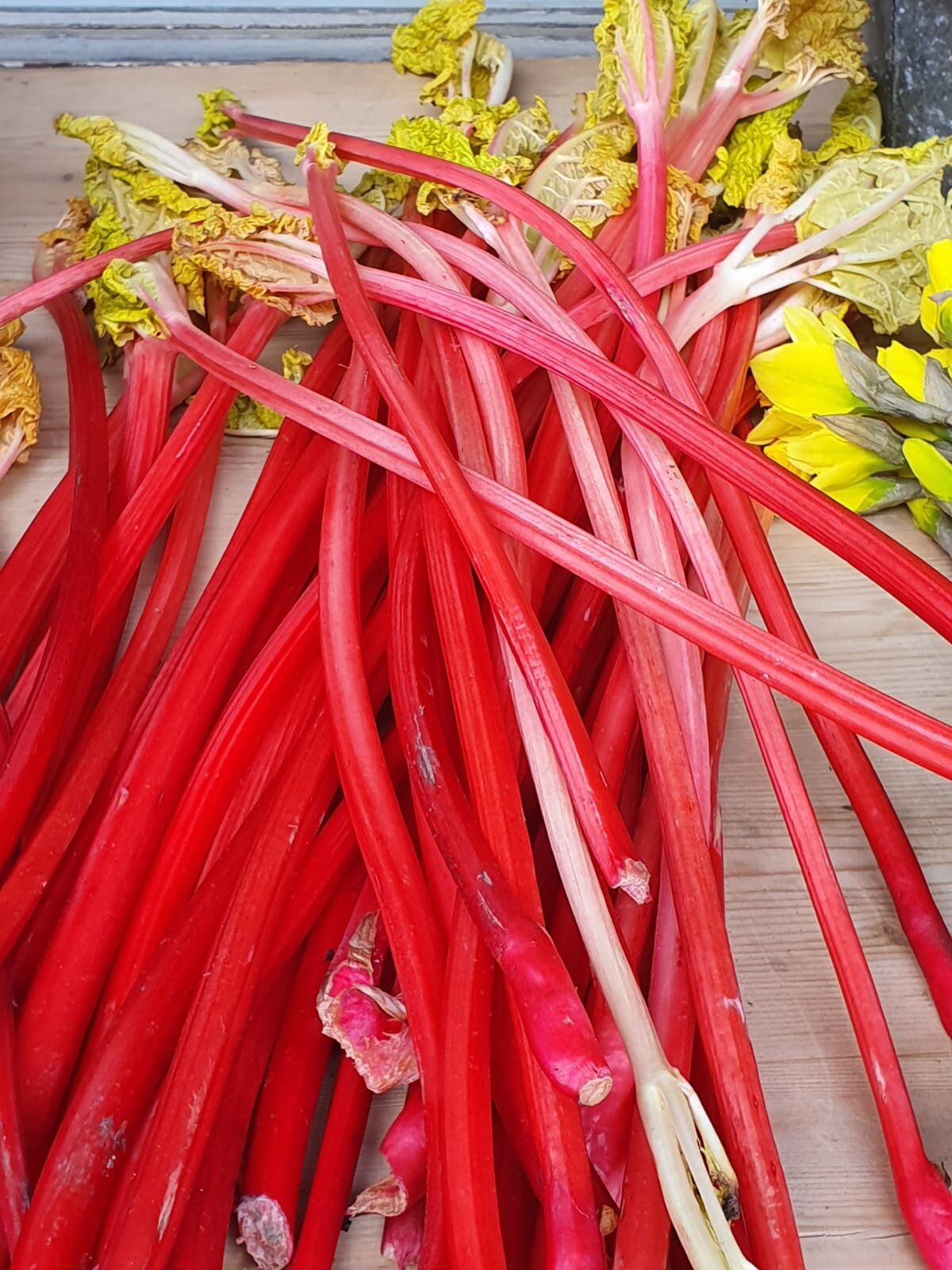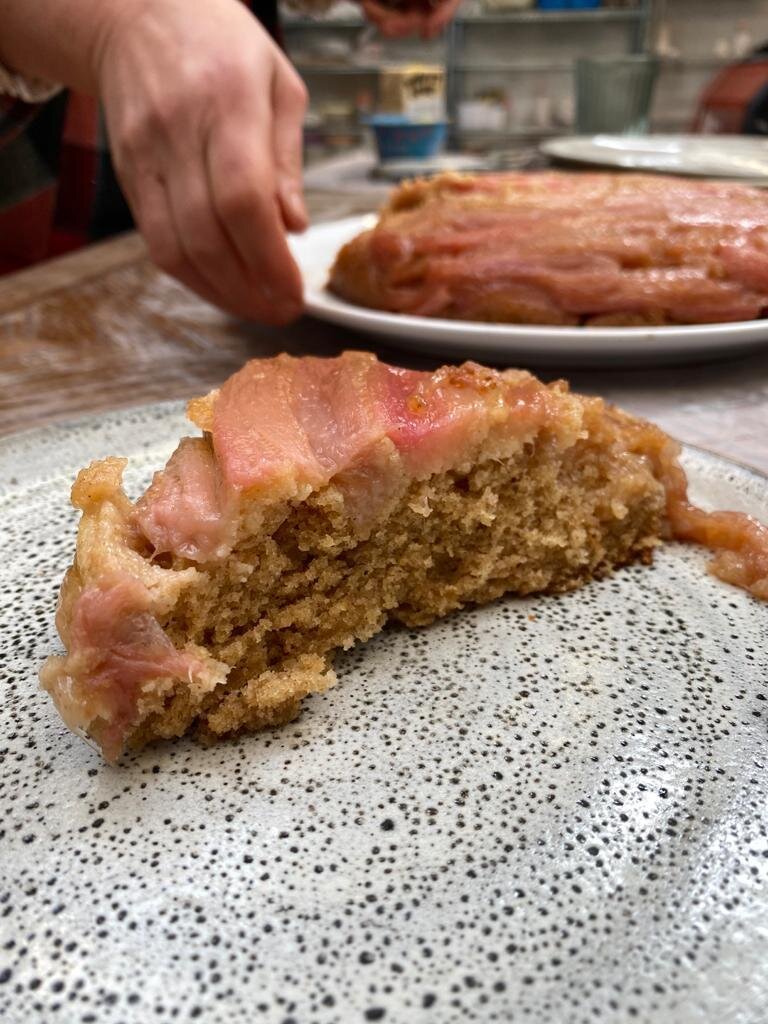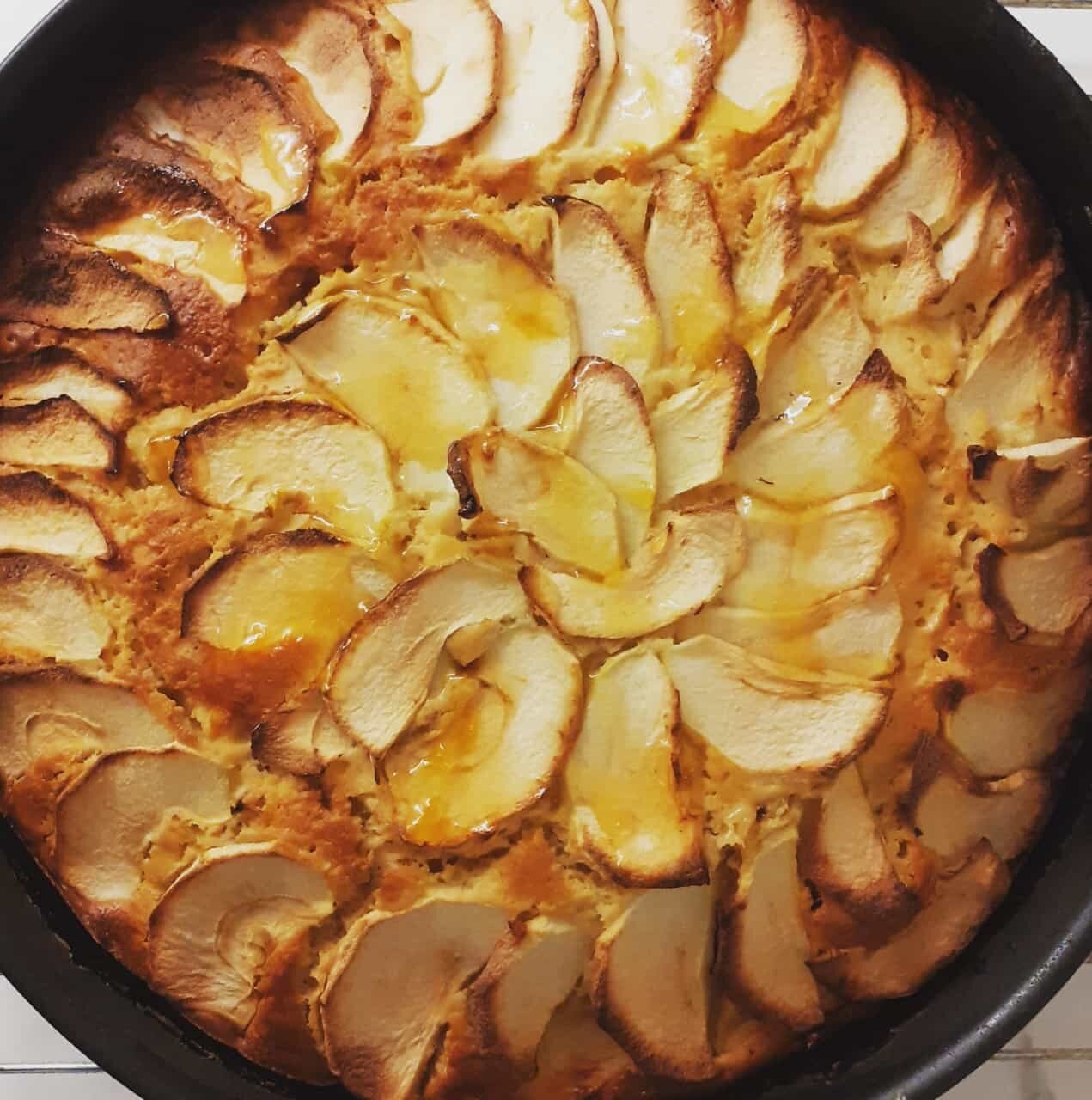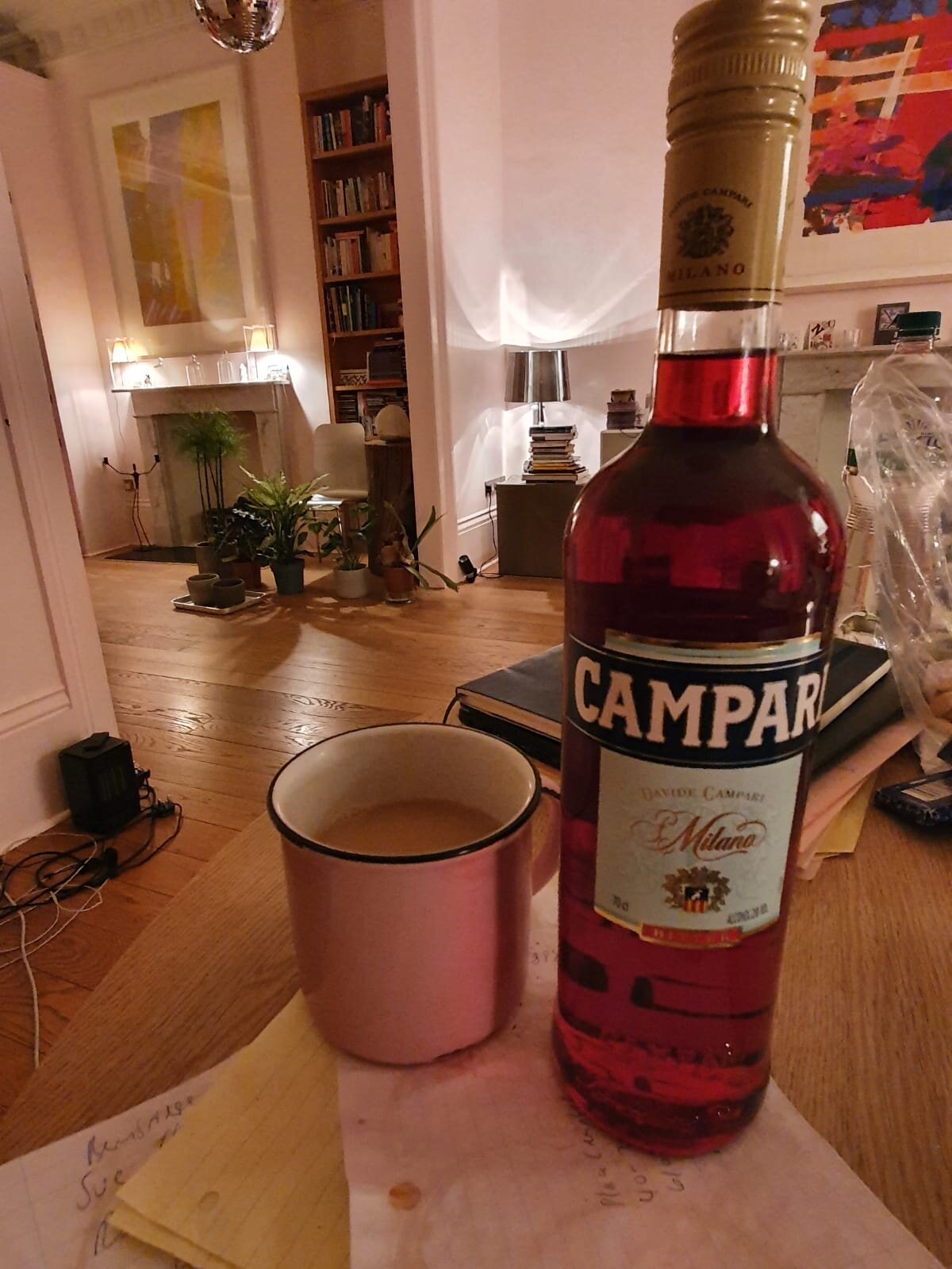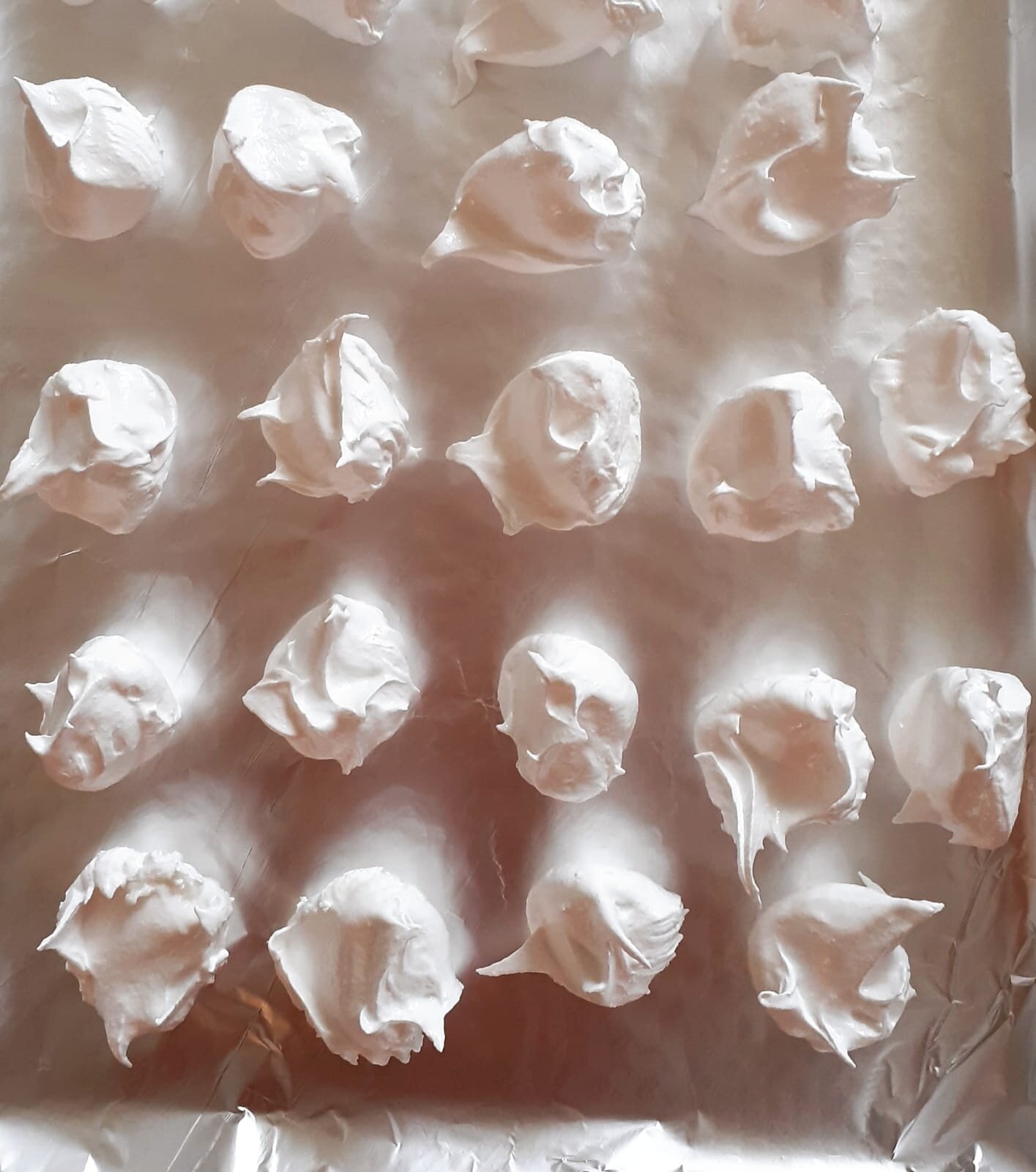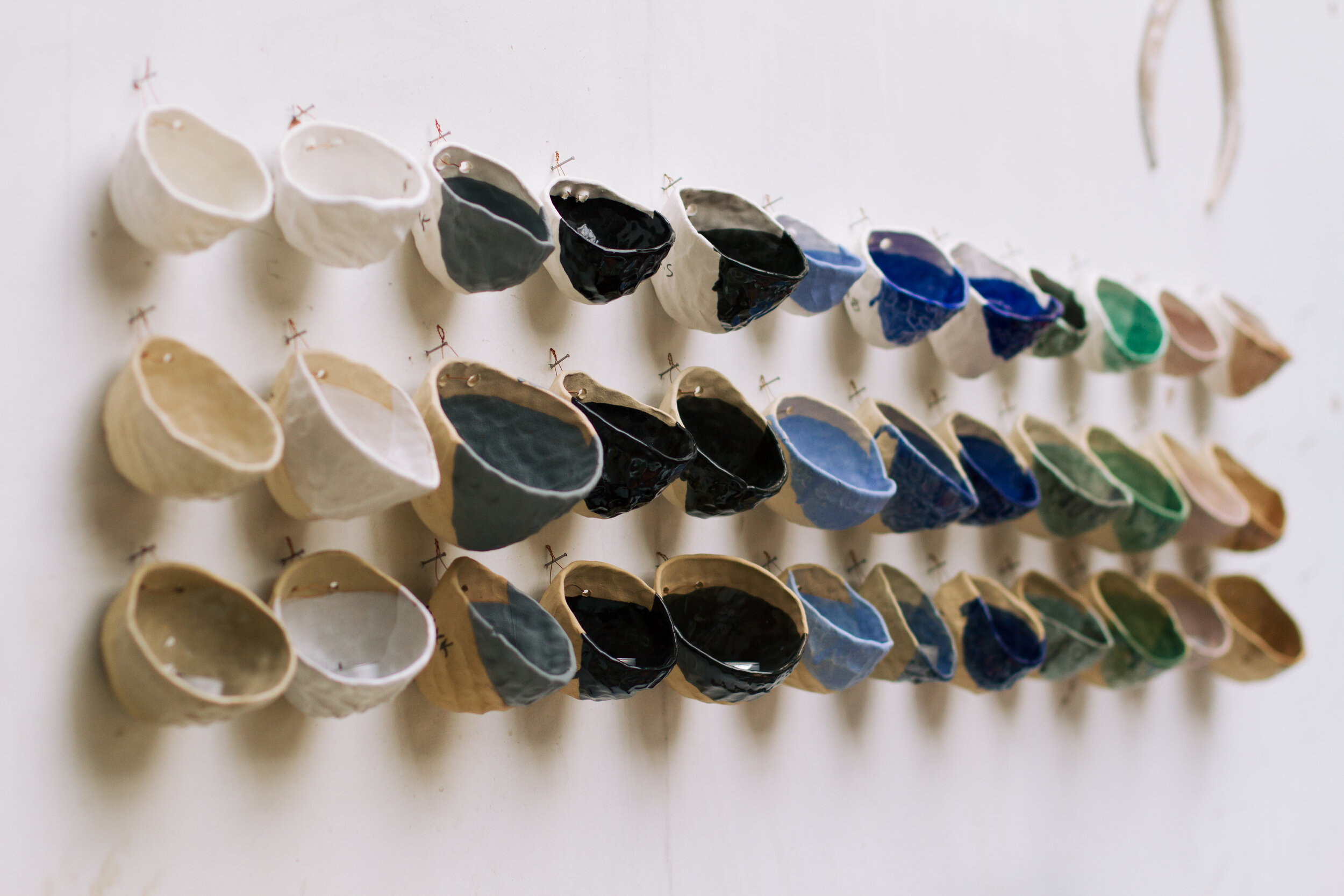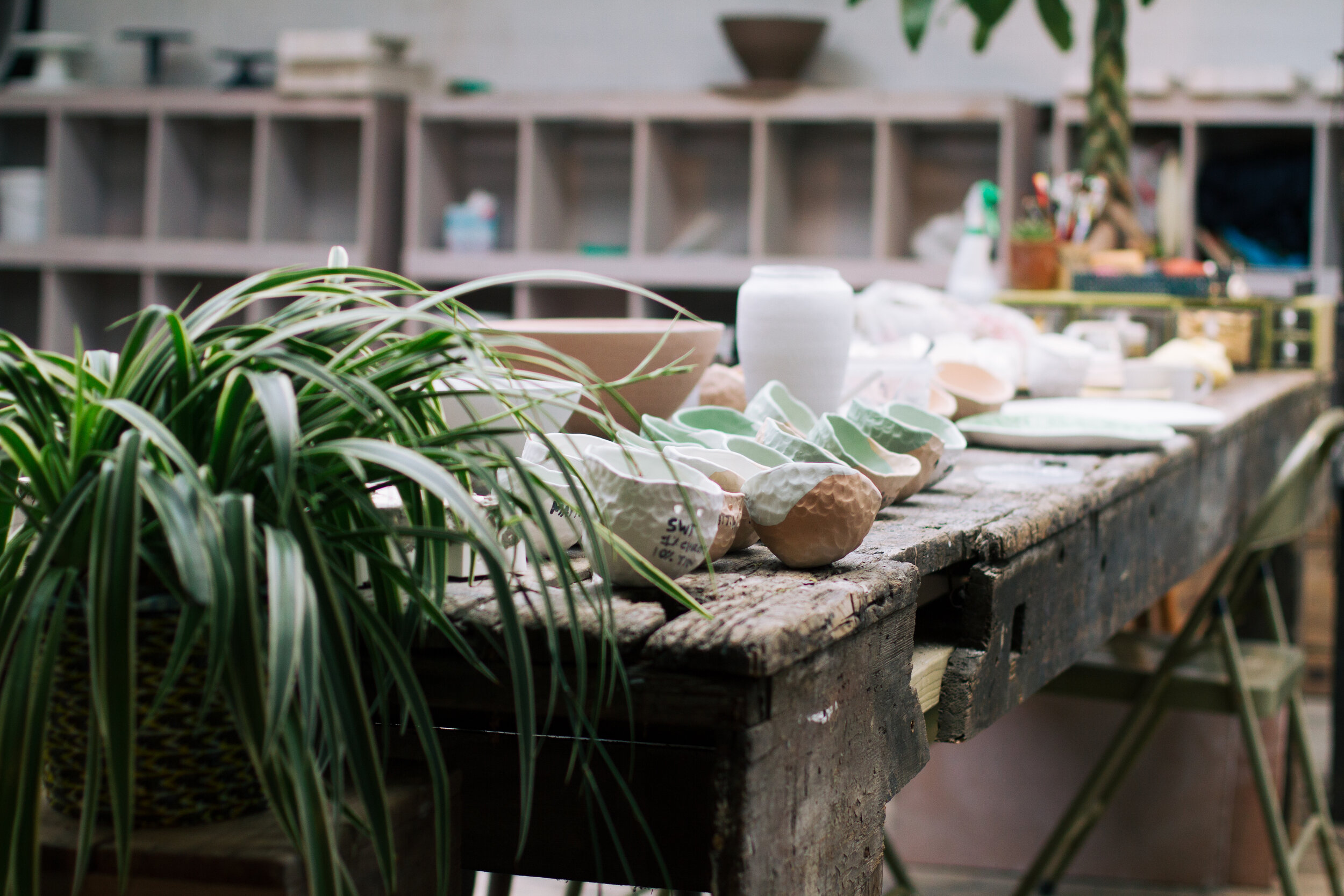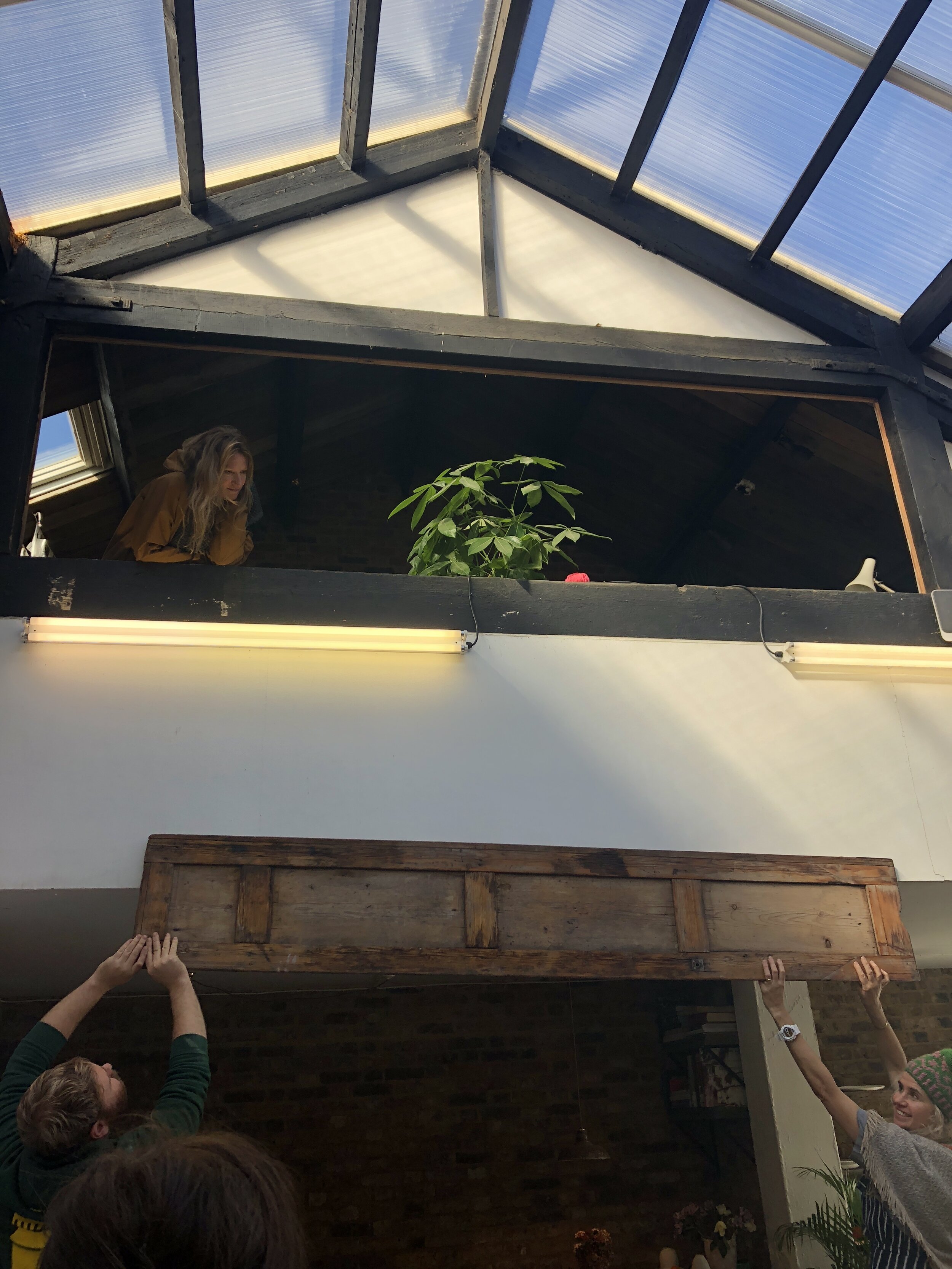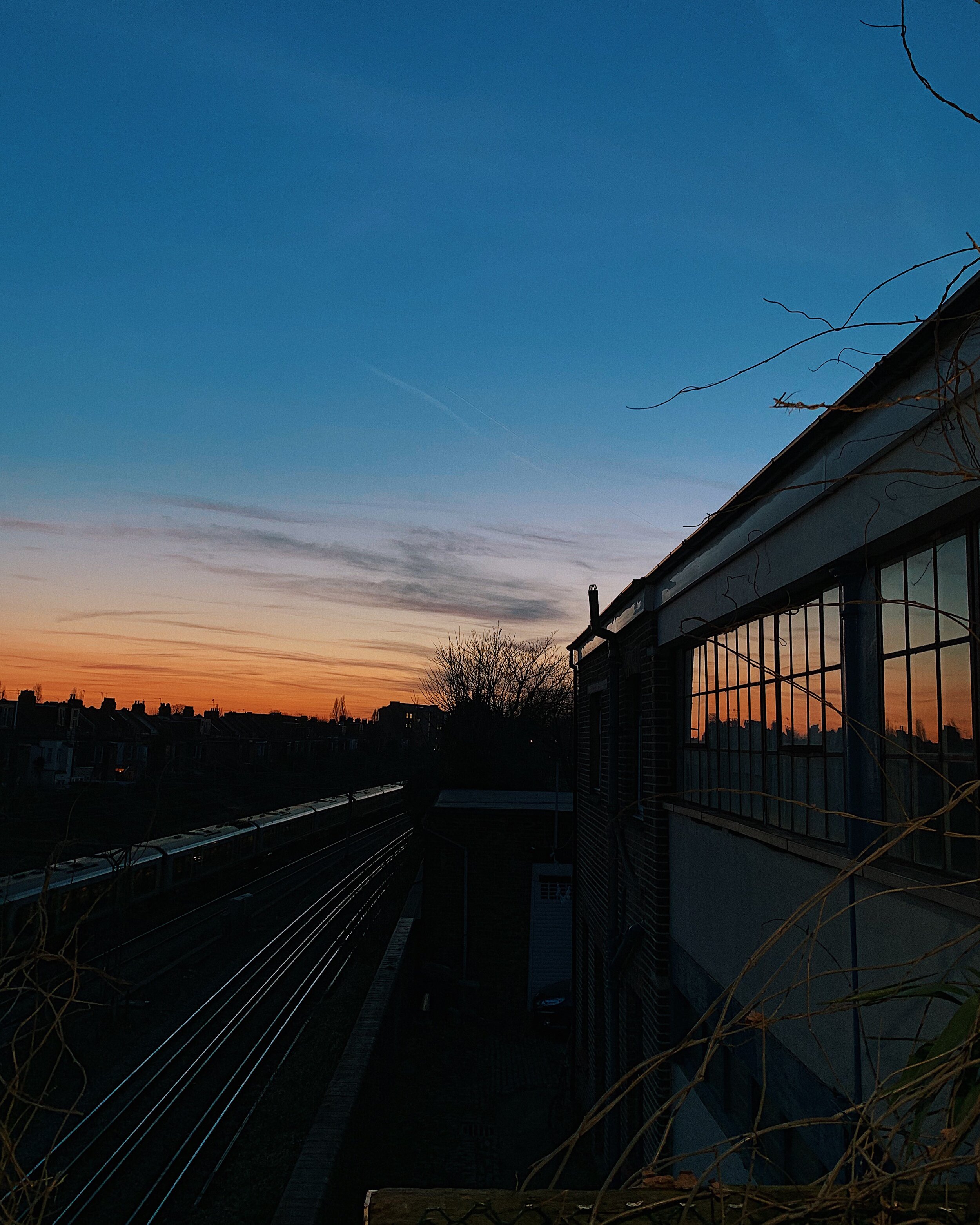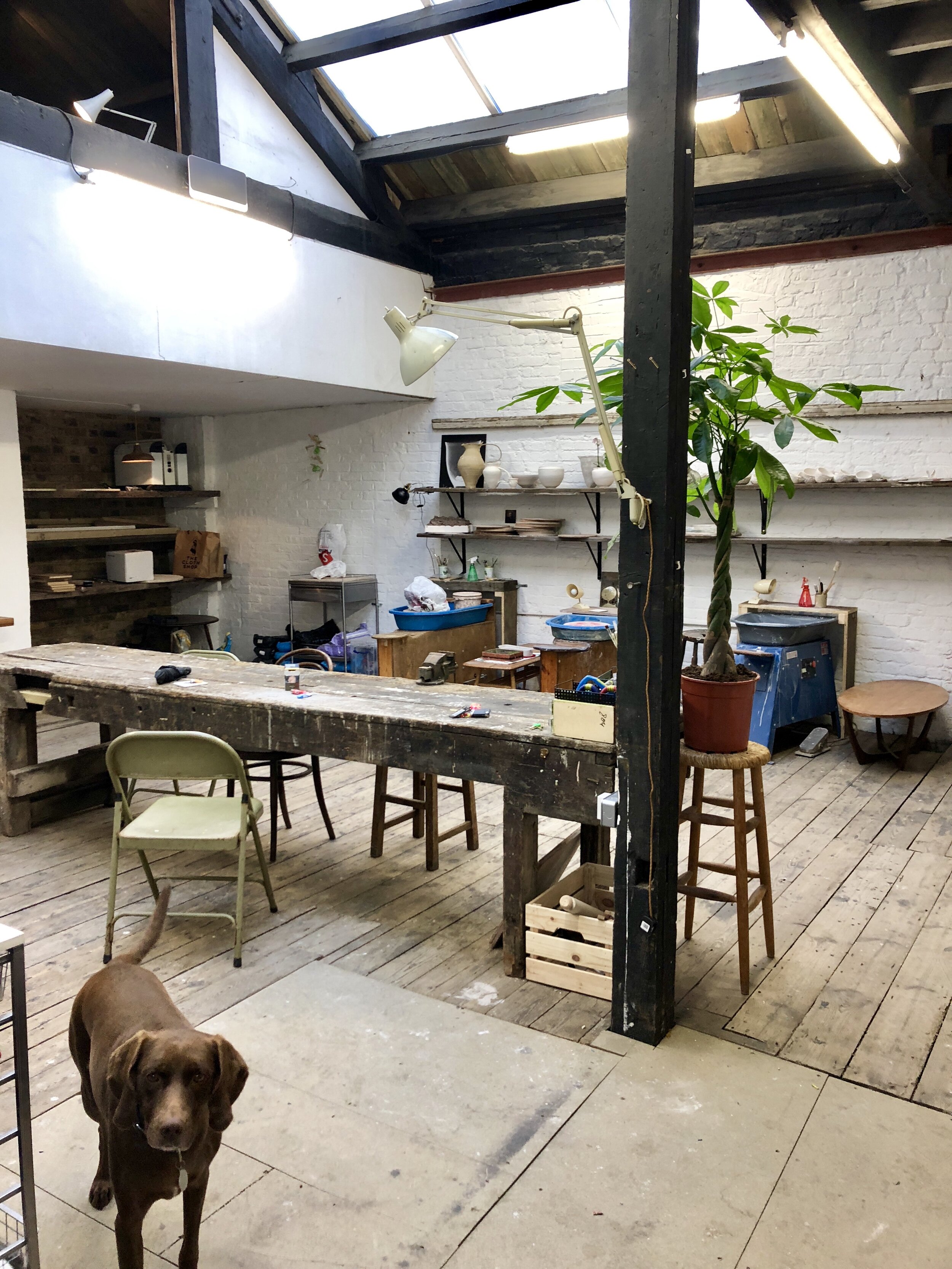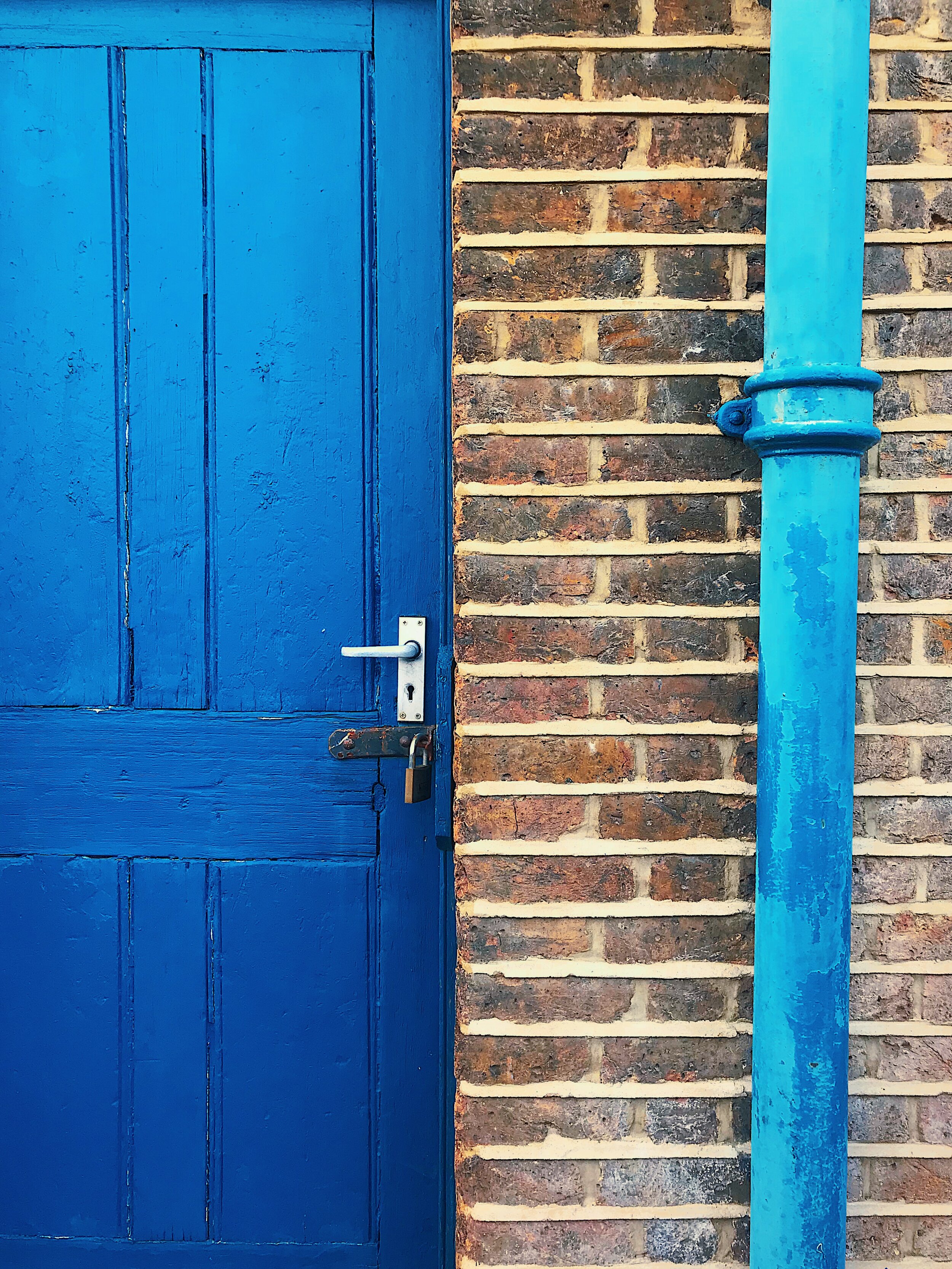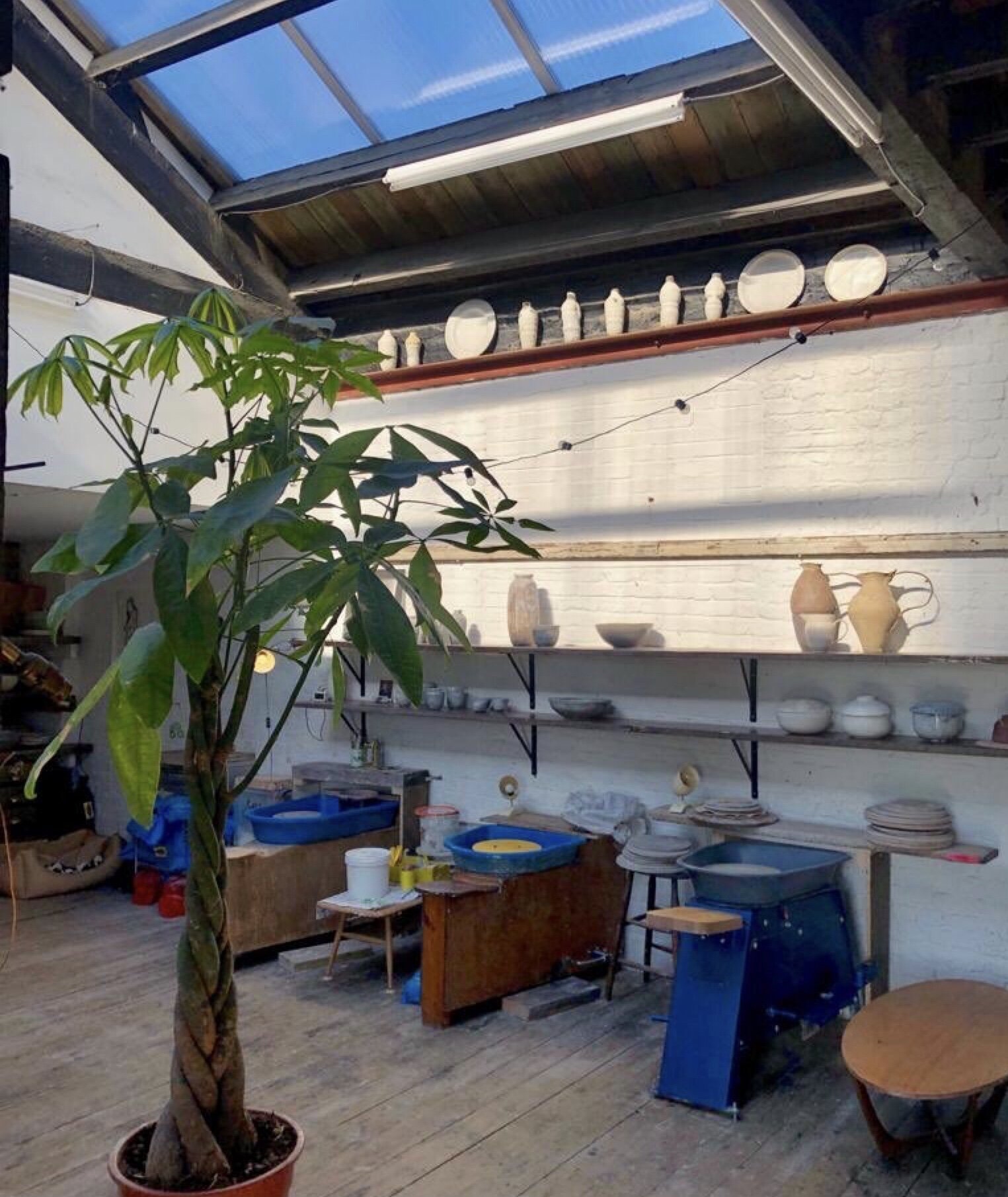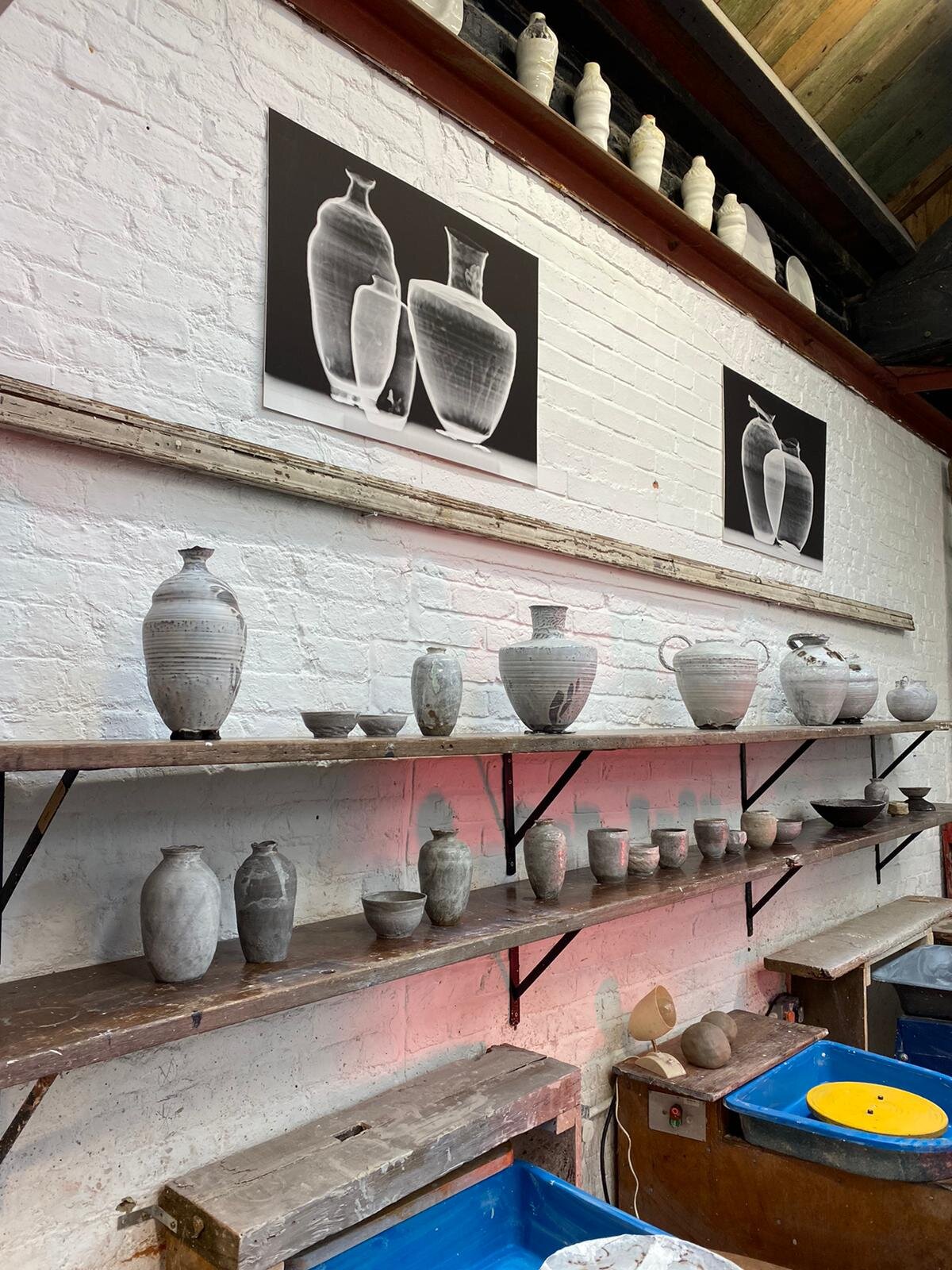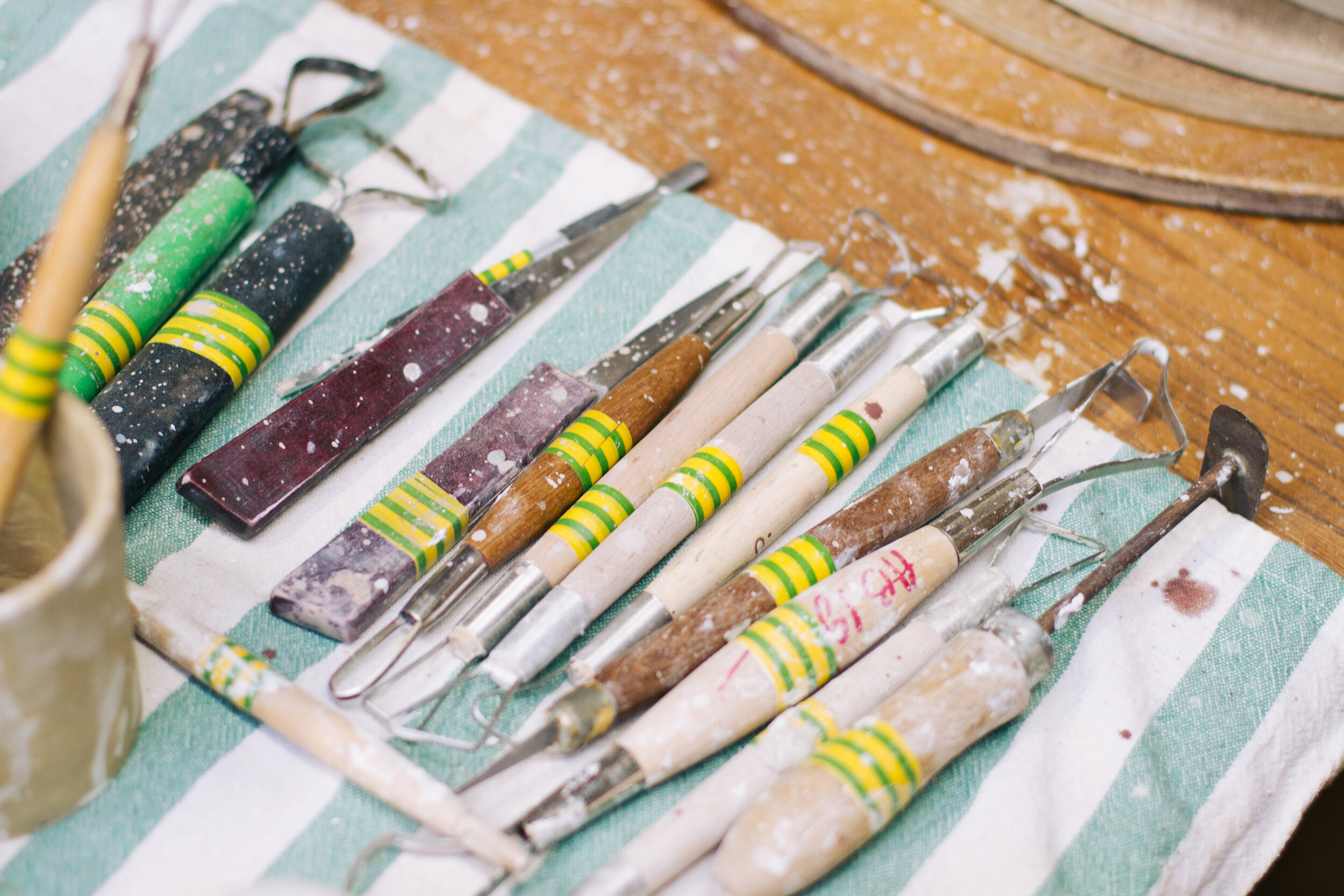Our November instalment of the conversations series featured Adam Phillips in conversation with Devorah Baum. Despite using a number of portable heaters, it was a bitterly cold evening and the majority of the crowd kept their coats and hats on. Not that temperatures should deter them from what was a most enlightening and insightful discussion, even for those— such as myself— who had not read any Phillips before. Though, I am certainly in the minority there, as the crowd was littered with psychoanalysts.
Adam Phillips is a psychoanalytic psychotherapist and essayist. He is one of Britain’s leading Psychoanalytic writers and a regular contributor to the LRB. His works include, Unforbidden Pleasures (2015), Attention Seeking (2019), and On Wanting to Change (2021). In January 2024 he published On Giving Up, the most recent work in a long list of books with the prefix ‘On’.
The conversation began, as usual, with a question about his writing practice. Phillips stated that he had no plan to ever become a writer, that he’d wanted to just be a reader, but once he started to write he didn’t stop. Writing is an automatic, almost trance-like process. It is so pleasurable because his thoughts take a different form, he is performing them, not just having them. After the performance comes the continual revision and the surprise at what comes up, stumbling upon his dogmatic beliefs in the process.
“When I write a particularly good essay I think things have aligned them selves in some way such that its written for me. There’s a sense in which I can or cant take credit for them.
”
Phillips’ description of his practice segued nicely into one of his ‘radical provocations’, that ‘giving up should be taught in schools. An idea he proposed in his most recent work. Giving up, he admits, has a poor connotation, it implies, in a sense, a lack of willpower and determination. But, children should have the freedom to know what they’re interested in or not interested in. Why should they not be free to give up a subject which they know they hate?
Running parallel to this idea of giving up, was that of wanting. Often what we don’t want is felt more keenly than what we do want. Wanting is an experiment. However there is a danger, Phillips warns, in assuming ‘that we simply are our wants, that theres no more to us than wanting’, its a potentially very confining idea.
‘Addiction is the ultimate version of the narrowing of the mind. If the question is what do I want. If I’m an addict I know exactly what I want. There’s never a question about that, its always already been answered.’
Phillips was a wonderful speaker. Transcribing the talk afterwards, I almost couldn’t believe that the things he was saying weren’t direct quotations from his work, but just immediate thoughts and responses. When Devorah asked, ‘What can it mean to believe in the unconscious?’, Phillips responded:
‘To believe in the unconscious is to believe how little we know about ourselves. But it isn’t like believing in God or in progress.’
Before stating: ‘But the prime question is what is it to believe? Is belief an experience? What do we think we’re doing when we believe in something?’
A prime question indeed, it carried on into the discussion of his recent book, Second Chances. With the prevailing discussion of the conversation being, ‘What is it to believe in second chances?’. How do the ideas of regret, apology and self-betrayal figure in our lives? Co-authored with Stephen Greenblat, it explores the centrality of the second chance in the literary imagination, with a particular focus on Shakespeare’s representations of loss, recovery and renewal, and Freud’s interpretations of the topic in his concept of trauma.
‘Thinking of psychoanalysis as re-description, that it couldn’t be anything else. Its the second chance of Trauma. It can be extremely productive and regenerative.’
Words by Charlie Jameson



